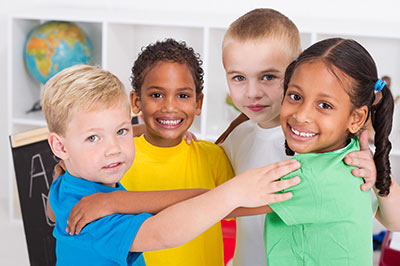NSTA Safety Advisory Board, 2014
Better professional practices and academic research support hands-on, process and inquiry-based laboratory and field investigations as well as hands-on activities to promote deep conceptual understanding of science by students. To ensure a safer and effective science teaching/learning environment, the following recommendations are derived from recognized reliable sources, legal safety standards, and best professional safety practices. The recommendations represent the best professional standards and practices on safety as it relates to overcrowding. However, it cannot be assumed that all hazards in science classrooms are ameliorated by simply reducing overcrowding. Other factors affecting safety, may include facilities design, engineering controls, appropriate personal protective equipment, standard operating procedures, and/or safety training of students and teachers. These additional factors, which can be linked with science accidents, must also be attended to as well as meeting the requirements of any legal safety code or regulation or law of any state, municipality or other jurisdiction.






